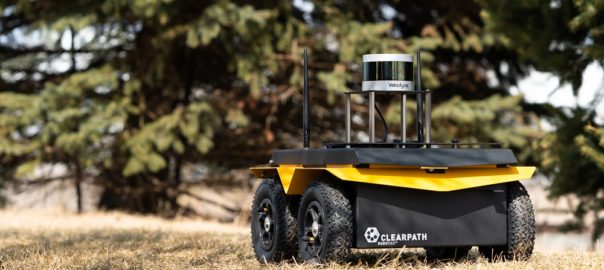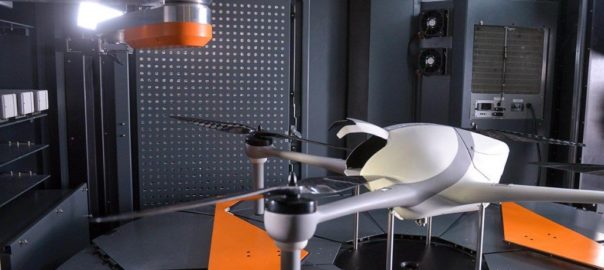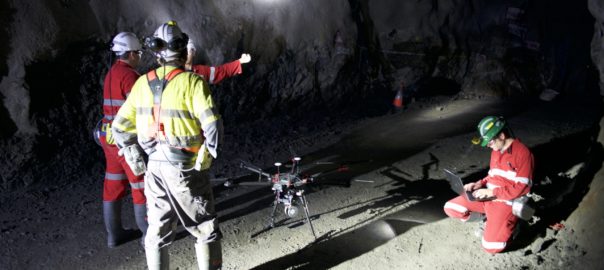Velodyne Lidar says the combination of its LiDAR sensor expertise with Clearpath Robotics’ mobile robots for survey and inspection will offer customers a “value-added” service, allowing them to get maximum value from the high-resolution, 3D data these machines capture.
Clearpath’s robotic solutions now use Velodyne’s state-of-the-art LiDAR technology, which, Velodyne said, boasts industry-leading resolution, range, and field of view. “Velodyne sensors create a 360° real-time map of the environment, allowing the robot to detect and avoid obstacles for safe autonomous navigation,” the company said.
Julian Ware, General Manager of Clearpath Robotics, said: “We have been recommending and integrating Velodyne products on our robotic platforms for almost a decade. Velodyne sensors have proven to handle challenging automation tasks and flawlessly function in unfamiliar and unpredictable settings.”
Velodyne’s LiDAR sensors are designed for seamless integration with robotic platforms by being easy to mount, having low-power consumption, and including a web configuration tool, the company said. “They are meticulously designed to perform in high-stress environmental conditions like inclement weather, which is essential for outdoor deployments.
“Clearpath provides value-added services for Velodyne with wide-ranging expertise integrating its sensors in customised robotics systems. The company has extensive experience supporting Robot Operating System (ROS)-ready mobile robotics platforms by developing and maintaining ROS drivers, and providing step-by-step ROS tutorials.”
Mike Jellen, President and CCO, Velodyne Lidar, said: “Clearpath brings the skill set and experience necessary to help customers derive maximum value from high-resolution, 3D data provided by Velodyne Lidar to create innovative ground-based mobile robot solutions.”
Clearpath Robotics provides hardware, software, and services to enable self-driving vehicle development, deployment, and operation, serving markets that span industrial materials handling, mining, military, agriculture, aerospace, and academia.










